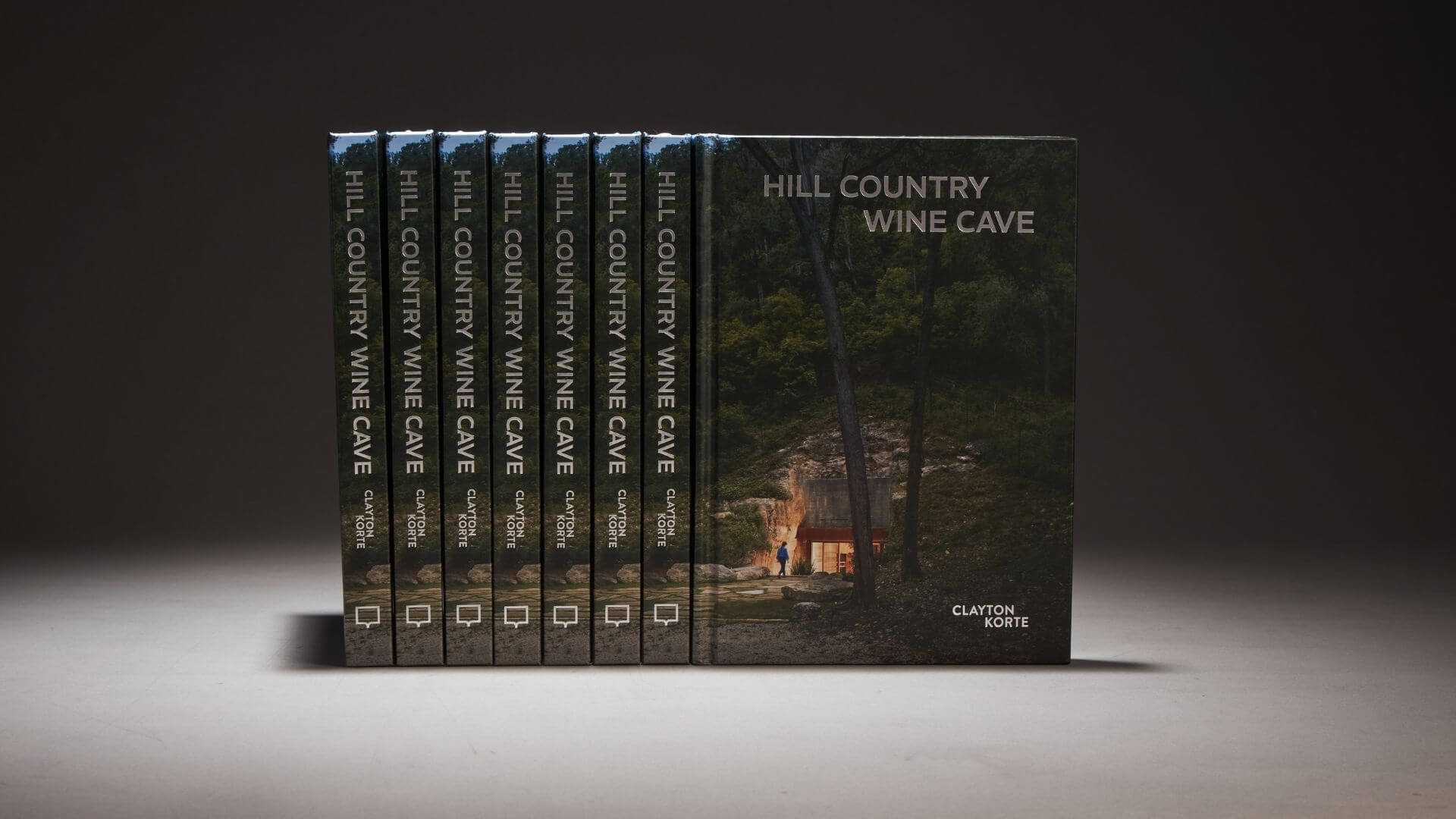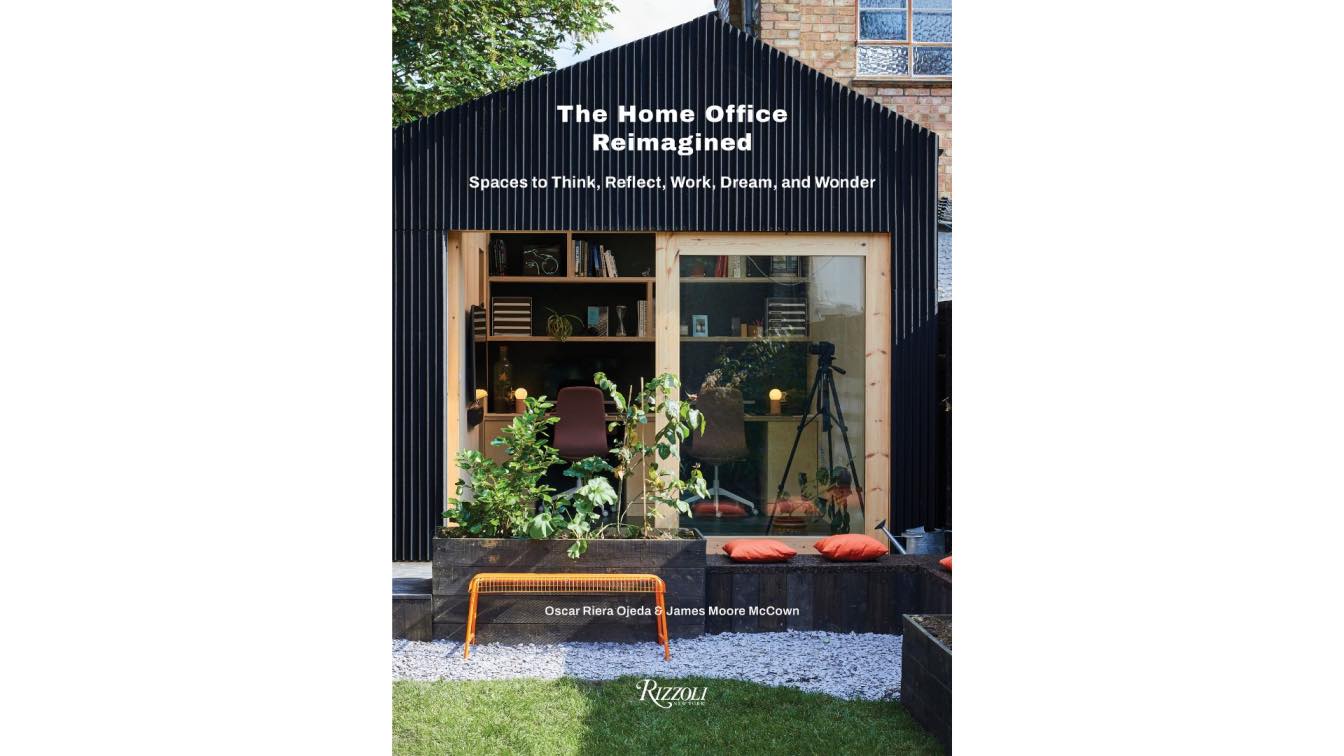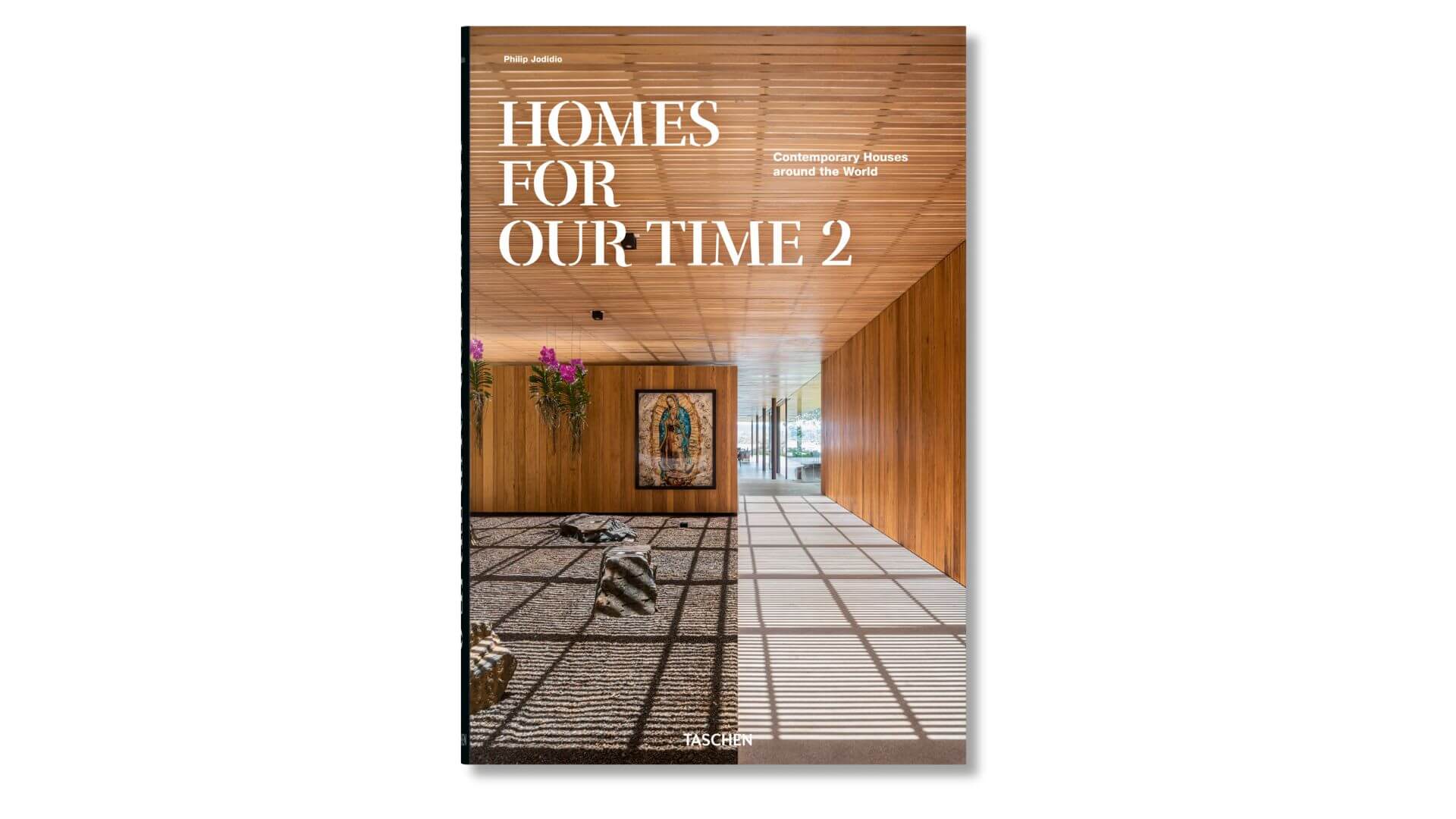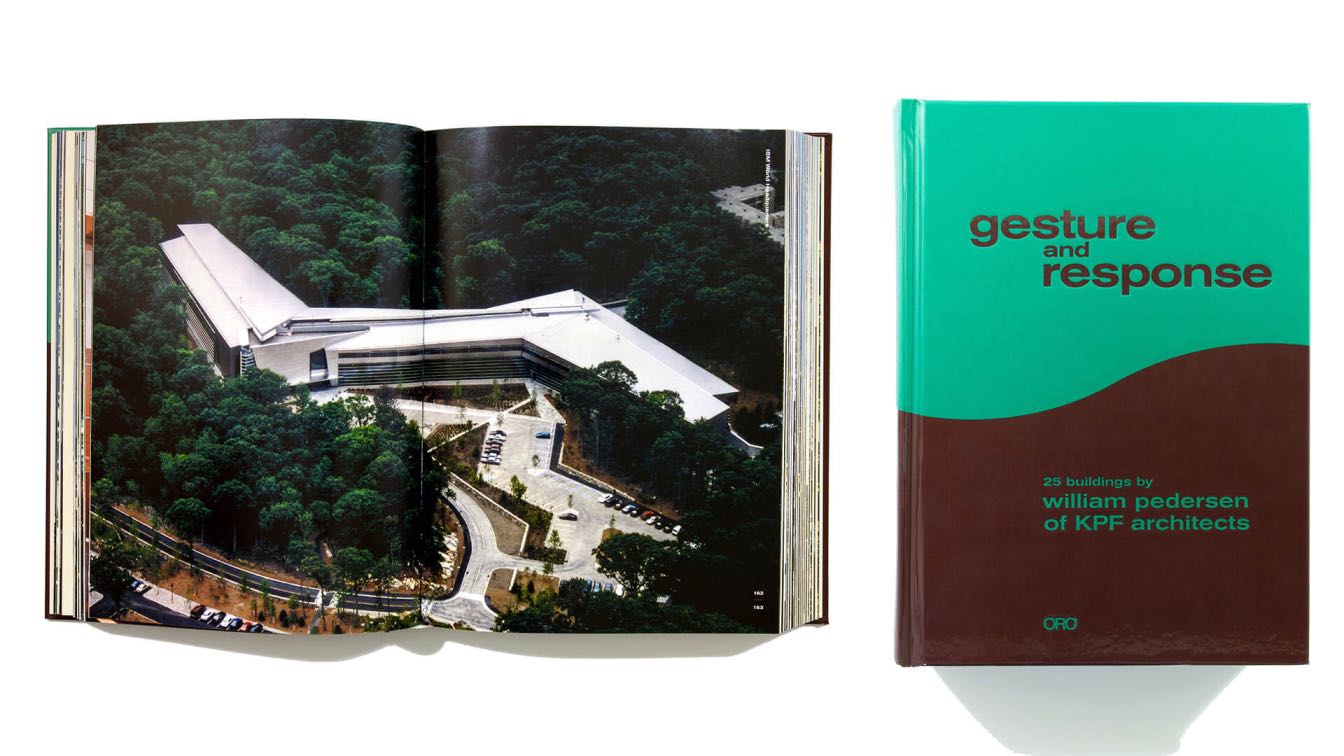HILL COUNTRY WINE CAVE MONOGRAPH BY ORO PUBLISHERS
Clayton Korte is thrilled to announce the publication of its debut monograph, Hill Country Wine Cave, published by Oscar Riera Ojeda Publishers.
This unique project exemplifies the firm’s design ethos: elegant, contextual, and discreet. Gracefully receding into the landscape with minimal disruption, the wine cave delivers refined design rooted in place.
Nestled at the eastern edge of the Texas Hill Country, the private wine cave explored in this monograph is hidden along a secluded river bend—yet only a short stroll from the nearby ranch’s amenities. The design takes advantage of an existing excavation on the north face of a solid limestone hillside. Shielded by tall oak and elm trees, the shotcrete-lined tube is nearly invisible within the native landscape. The exterior entry court is intentionally understated, offering just a hint of what lies within. Heavy limestone boulders, unearthed during construction, and lush vegetation further obscure the cave’s entrance, creating a quiet, almost mysterious threshold. Hill Country Wine Cave offers a privileged glimpse into how Clayton Korte conceived, planned, and executed this discreet architectural retreat.
Through stunning photography and thoughtful narrative, the book’s chapters explore the project’s physical and cultural context, conceptual development, detailing, and construction process. An introduction by Tom Kundig, FAIA, RIBA, articulates the project’s sensitive relationship to the landscape. James Beard Award-winning author Jordan Mackay contributes an essay on the historic use of caves for wine storage—highlighting how this project continues that tradition while introducing refined ideas of hospitality and residential design. Writer Canan Yetmen situates the project within the broader context of Clayton Korte’s portfolio, emphasizing the firm’s commitment to contextual, human-centered architecture that celebrates the environment.
Images by architectural photographers Casey Dunn, Korta Photography, and Brodie Kerst capture the rugged beauty of the Texas Hill Country and the seamless integration of the cave’s clean lines and authentic materials with the environment.

Foreword by Tom Kundig FAIA RIBA
Introduction by Jordan Mackay
Essay by Canan Yetmen
Photography by Casey Dunn Photography, Korta Photography, and Brodie Kerst
Edited by Oscar Riera Ojeda
Published by Oscar Riera Ojeda Publishers
QUOTES
This rugged landscape demands an architectural response that is both lawless and functional, practical yet transformational. Clayton Korte instinctively understands this essence, applying a contemporary lens to the centuries-old practice of storing wine in caves, creating architecture that is sensitive to the land rather than imposing upon it. —Tom Kundig FAIA RIBA
The cave emerges as an organic extension of the hillside, as if it has always belonged to this landscape. —Tom Kundig FAIA RIBA
Craft, after all, is the soul of architecture: it’s the touch of the hand, the unshakable human quality that adds grace and dignity to a project. It enriches all of Clayton Korte’s work. —Canan Yetmen
We are beckoned in down an almost primitive staircase into the embrace of an almost ritualistic courtyard. But the mixture of textures and materials pulls us inside to a bright, cozy interior filled with warm woods and clean lines. Yet the memory of the experience of entrance never leaves us. It is a profound effect that to the visitor will become as memorable as the first lines from a very famous novel: ‘In a hole in the ground there lived a Hobbit. Not a nasty, dirty, wet hole … nor yet a dry, bare, sandy hole with nothing in it to sit down on or to eat: it was a hobbit-hole, and that means comfort.’ —Jordan Mackay
Buildings can partner with a beautiful setting, remaining subservient and quiet, while carrying their own elegance as stewards of the place they are in. —Brian Korte FAIA
Like a ship in a bottle, the components of the wood insert are intentionally left away from the cave shell, designed to be adaptable by providing flexibility to expand storage over time. —Brian Korte FAIA
Vineyard projects allow us to create buildings within the convergence of distilled design, regional ecology, resiliency, and ingenuity. The design takes a step back and lets the natural landscape be the star of the show. —Brian Korte FAIA
The wine cave is the perfect example of our design ethos in action. We strive to make site-specific, architectural interventions that become so much a part of their context, it is hard to imagine them not being there. —Brian Korte FAIA
This project is an instrument. It is a tool or museum that not only provides the utility for the proper storage of wine, but also provides a privileged perspective to the occupant. —Camden Greenlee AIA
This sense of prospect and refuge as you approach and eventual enter the cave is a central tenant of the design. It invites you in and maintains a sense of subterranean occupation without overwhelming environmental conditions that might make one seek to leave. In this way, the cave can be appreciated from the safety of the interior space in the same way stars can be apricated from the relative safety of Earth. —Camden Greenlee AIA
ABOUT CLAYTON KORTE:
Clayton Korte creates places that celebrate their environment and exalt the human experience at the intersection of architecture, authenticity, and craft. What began as a small architecture practice in 1983 has evolved into a firm today that includes interior design and brand services with offices in Austin and San Antonio. Though their Texas architecture roots run deep, work on winery, ranch, hospitality, and residential projects have taken Clayton Korte to California, Maryland, Hawaii, and beyond.






